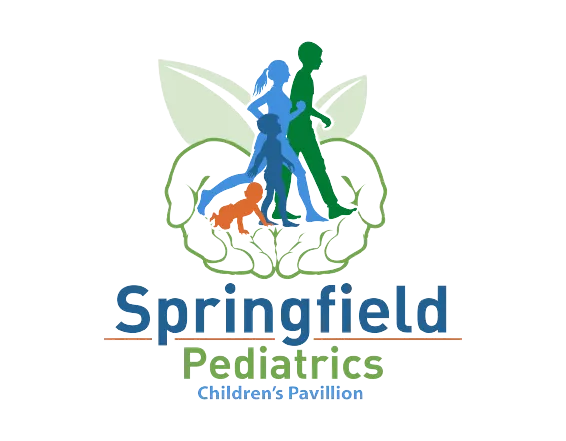9-week old Natalie was seen recently for her 2-month well child visit and her Mom is back today with concerns about sneezing, clear runny nose and newborn not tolerating breastfeeding well. Mom grabbed a bottle of nasal decongestant from the store and wants to know if it’s ok to give a “tiny little bit” to the baby.
Natalie had no other concerning findings and no fever. Her physician makes the determination that this is a cold infection and likely caused by a viral infection. Walk with us as we share some facts about colds in young children and the role of nasal decongestants and ahhh..., Antibiotics.
For young children with findings as described above with no perception of increased effort of breathing and a normal physician evaluation, supportive therapy or comfort measures are all that is necessary. Newborns are obligate nose breathers and really get fussy when compelled to choose between breastfeeding or bottle feeding and breathing through partially blocked nostrils. It really is nerve-wracking for both the newborn and mother! Over-the-counter Saline Nasal drops to loosen the congestion and encourage spontaneous drainage with gravity and with gentle suctioning with bulb suctioning will be appropriate for most situations. Clear nostrils makes breathing easier and encourages better suckling on the nipple and thankfully, a happier infant.
The use of nasal decongestant medication like Natalie’s mom intended to, should be discouraged. These products contain medications that are effective in reducing congestion but have not been shown to be safe in children younger than 6-years old. Some of the common chemical names to watch out for on product labeling include: phenylephrine, oxymetazoline and pseudoephedrine. A disproportionately high number of adverse effects and death was seen with use of products containing these chemical medications in different amounts in children aged less than 2-years in a survey of cases between 1969 to 2006 by the United States Food and Drug Administration. This informed the 2008 advisory strongly recommending against use of products containing these medications in this age group which stands to date. The comfort measures as described above will suffice. The posterior nasal airway congestion is also helped by the Saline Nasal drops and gravity as these drain into the throat when child is positioned on the back for sleep and it flows posteriorly and is swallowed into the stomach. Suctioning with the bulb should be gentle and carefully done to avoid trauma to the lining of the nostril. This trauma can worsen the congestion and lead to increased noisy breathing and more discomfort for infant and distress for the parent.
The nasal sinuses are present at birth and new ones form and enlarge as we all age and this is one of the reasons why facial appearances change through infancy and childhood. There are more potential viral infections that favor the nasal airways and the upper respiratory system than modern science can accurately track. They cause their mischief and for the most part begin to improve within the first 3-5days of the illness. Antibiotics do not kill viruses and have no role in the management of a physician documented viral upper respiratory infection. There are powerful medications capable of killing some of the medically important viruses. These are used in select situations only and not routinely prescribed for common cold infections. Occasionally this recovery process is hijacked by bacteria previously hanging around the upper airway as casual by-standers or new ones introduced by the patient from the environment. They take advantage of the worn-out local defense mechanisms as a result of the viral infection and nest, then flourish in the airway passages and the sinuses. The symptoms begin to follow a different course from what is anticipated and often worsen, with or without fevers and prolonged for more than 7-10 days. A physician evaluation is warranted again at this point for reassessment and proper management.
This information is for educational purposes only and not a substitute for professional medical care or advice. Always follow your healthcare provider’s instructions.
